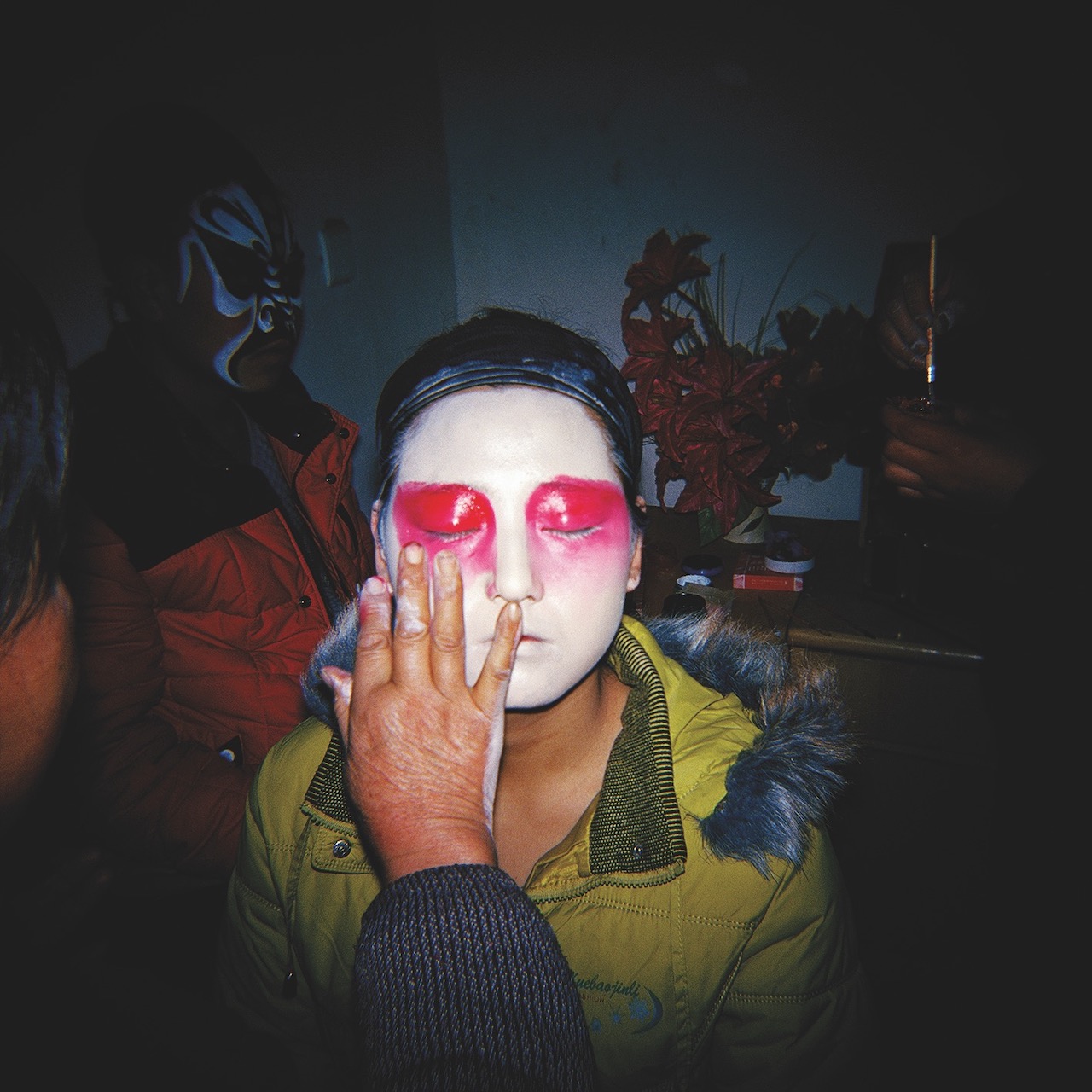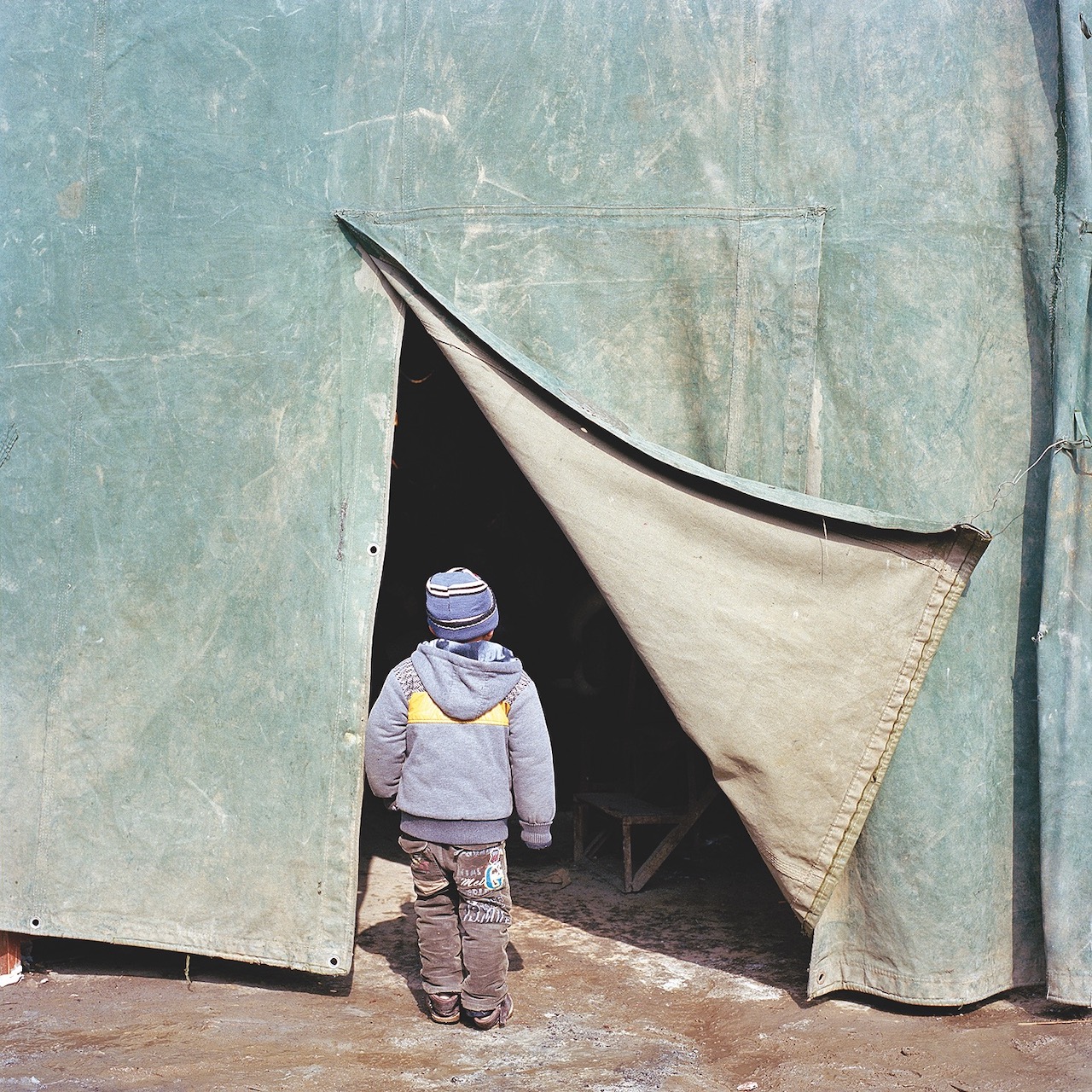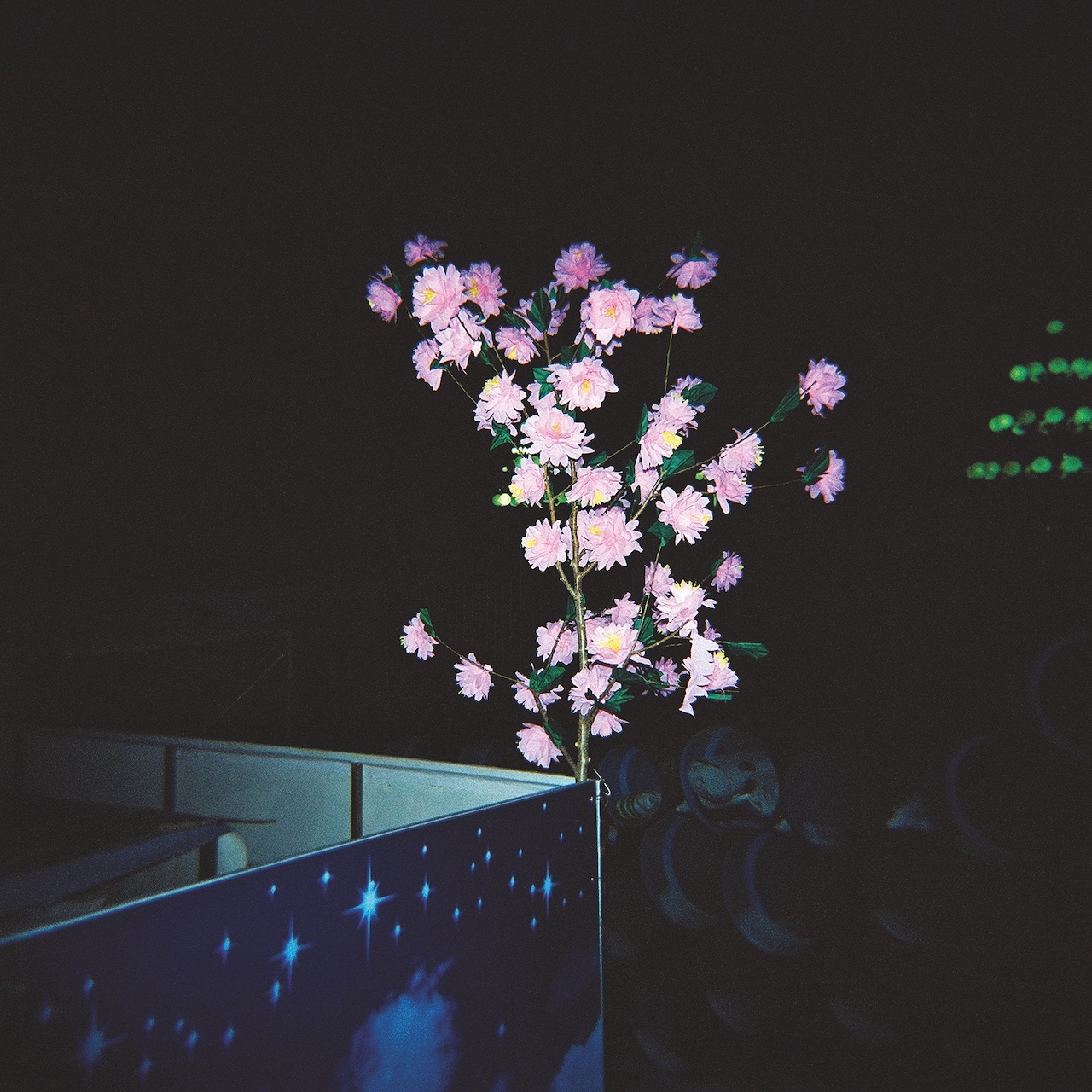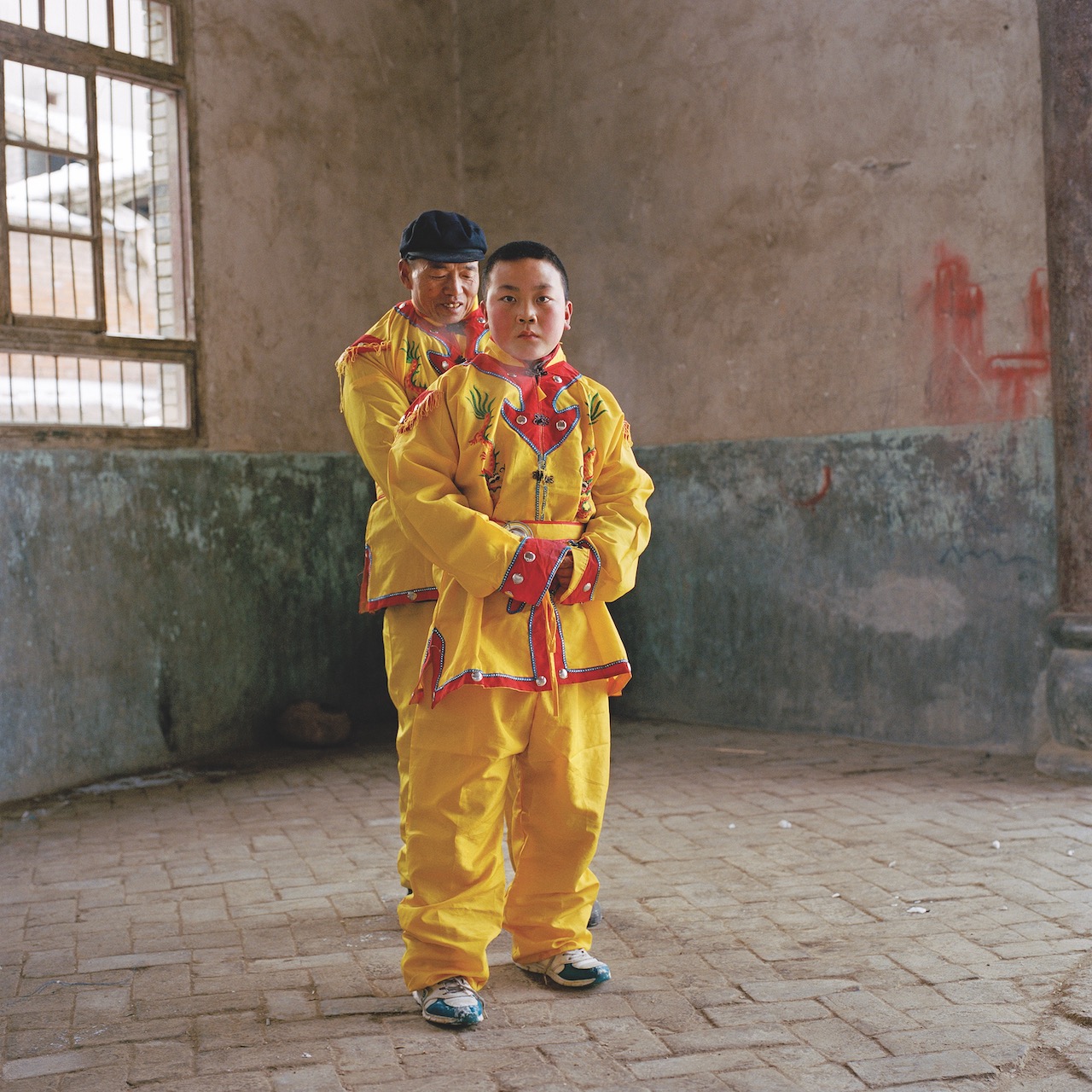In February 2014, Chinese photographer Xiaoxiao Xu captured the festival over three weeks, travelling from village to village, mesmerised by the event’s “mysterious atmosphere”
The preparations begin in the early hours; the sun is yet to rise. It is winter, just after the Chinese New Year, in the Baoji region, Shaanxi province, in north-west China on the cusp of the Gobi Desert. Soon, the stillness of the crisp air will be alive with folk art, music and performance. It is the start of the annual Shèhuŏ festival.
In February 2014, Chinese photographer Xiaoxiao Xu captured the festival over three weeks, travelling from village to village, mesmerised by the event’s “mysterious atmosphere”. Initially, other work commitments and the Covid-19 pandemic forced Xu to put the project on hold. However, she was eventually able to return to the series, which will be published this summer as the photobook Shooting the Tiger, with The Eriskay Connection.
Shèhuŏ’s origins stretch back to the Zhou dynasty (c1046–256BC) when villagers performed special ceremonies hoping the gods would grant them a rich and fruitful harvest. “People also call the festival ‘Shehu’, which translates as ‘shooting the tiger’,” Xu explains. “The tiger, in this case, represents the demon and symbolises bad luck.”
During contemporary festivities, following a prayer gathering at the village temple, hundreds of performers unite in a parade, taking on the roles of gods, Buddha, mythical animals and characters from folk legends. The elaborate costumes and face make-up dazzle against the white, snowy landscape. “[The make-up] reflects a character’s personality,” Xu explains. “A red-painted face symbolises loyalty and bravery, while a white face is used for traitors; the colour yellow is usually reserved for bravery, and demons and gods are painted with gold and silver.”
However, instead of focusing on this lively procession, Xu’s images frame individuals during the quiet moments of anticipation just before. We watch as final touches are administered; belts tightened. Children, dressed in simpler costumes, are ready first and sit waiting with their friends. We peek through windows or follow characters as they walk to join the parade. Each generation, young and old, plays a part. The event is as much about bringing the community together as it is about honouring cultural history.
Traditions in China vary between regions and provinces. Indeed, before creating the project, Xu had never been to this part of the country. “Shèhuŏ event is exotic and strange for someone like me, coming from south-eastern China,” she reflects. Xu has lived in the Netherlands since she was 15 years old but was born and raised in Wenzhou, an industrial port city in Zhejiang province. Her practice explores the history and cultural customs of her home country, and how these translate to contemporary life. Building on her heritage and the experience of living in Europe, Xu applies her unique perspective to create work that emphasises the nuances of Chinese culture and pushes against generalisations.
“China is often snowed under by alarming news, and the country’s cultural aspects in the West often remain underexposed,” she says. “With this project, I want to shine a light on these hidden aspects; break things open, bring life and light, emphasise nuances. I want people to come into contact with other worlds, other ways of seeing and thinking.”




